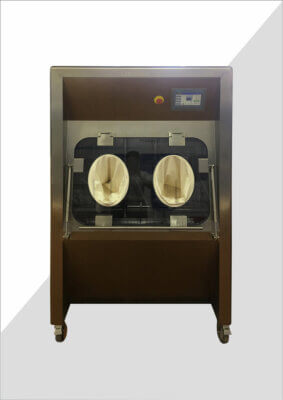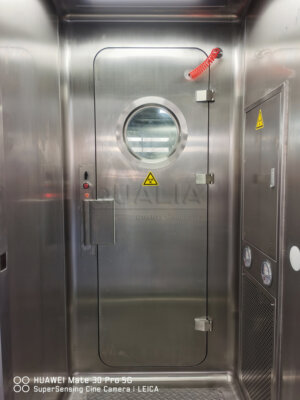In the ever-evolving world of home construction, two methods have garnered significant attention: stick-built and modular homes. While both have their own set of advantages and disadvantages, understanding the differences between them can be crucial for prospective homeowners. Let's delve into the nuances of these construction methods to help you make an informed decision.
The Construction Process: A Key Differentiator
The most fundamental difference between stick-built and modular homes lies in how they are constructed. A stick-built home is built entirely on-site, from the foundation to the final roofing. This traditional method allows for maximum customization, as every aspect of the home can be tailored to the homeowner's specific needs and preferences.
On the other hand, modular homes are built off-site in factories. These homes are manufactured in sections, or modules, which are then transported to the building site and assembled. This process significantly reduces the construction time, often taking less than four months to complete, compared to the several months or even years required for stick-built homes.
Cost Considerations: Where Do the Savings Lie?
When it comes to cost, modular homes often have the edge. Due to the large-scale production in factories, modular homes can be built at a lower cost per square foot. Estimates suggest that modular homes can be 10 to 20 percent less expensive than their stick-built counterparts. For instance, a traditional stick-built home can cost between $150 to $250 per square foot, while a modular home can range from $50 to $250 per square foot, depending on the design and materials.
However, it's important to note that additional costs such as shipping and assembly can sometimes offset these savings. Moreover, the need for specialized equipment, like cranes, to place the modules on the foundation can add to the overall cost.
Quality and Durability: No Compromise Here
One common misconception is that modular homes are inferior in quality compared to stick-built homes. However, this is far from the truth. Modular homes are built to the same local building codes and regulations as stick-built homes. They feature the same quality roofing, HVAC systems, plumbing, and electrical installations, ensuring there is no difference in durability or longevity between the two types of homes.
Customization: Where Stick-Built Homes Shine
While modular homes offer a quicker and more efficient construction process, they often lack the customization options available with stick-built homes. With stick-built homes, you can work closely with architects and builders to add unique features, such as additional bathrooms or custom design elements, which may not be feasible with modular homes.
Insurance and Resale Value
Another important aspect to consider is how these homes are viewed by insurers and potential buyers. There is no difference in home insurance coverage between modular and stick-built homes, as both types meet the same quality and safety standards. Additionally, modular homes appreciate in value just like stick-built homes, making them a solid investment for the future.
Conclusion: Making the Right Choice
Choosing between a stick-built and a modular home ultimately depends on your priorities. If speed and cost-efficiency are your top concerns, a modular home might be the way to go. However, if customization and unique design elements are crucial, a stick-built home could be the better option.
In the end, both types of homes offer their own set of benefits, and understanding these differences can help you make a decision that aligns perfectly with your needs and preferences. Whether you opt for the traditional stick-built route or the modern efficiency of modular homes, you can rest assured that you're investing in a quality home that will stand the test of time.
Related Contents:
- What is the Difference Between Stick Built and Modular Cleanrooms?
- What is a Modular Cleanroom?
- What is the Height of a Modular Clean Room?
- Revolutionizing Biosafety: QUALIA’s Module Laboratories for BSL-3 and BSL-4 Environments
- Revolutionizing Air Filtration: The QUALIA AirSeriers and Bag in Bag Out System
- How to Design a Cleanroom?
- Applications of Mobile BSL-3/BSL-4 Module Laboratories in Emergency Response
- Revolutionizing Biosafety: The QUALIA Biosafety Isolator
- What are the General Requirements for a Clean Room?






























